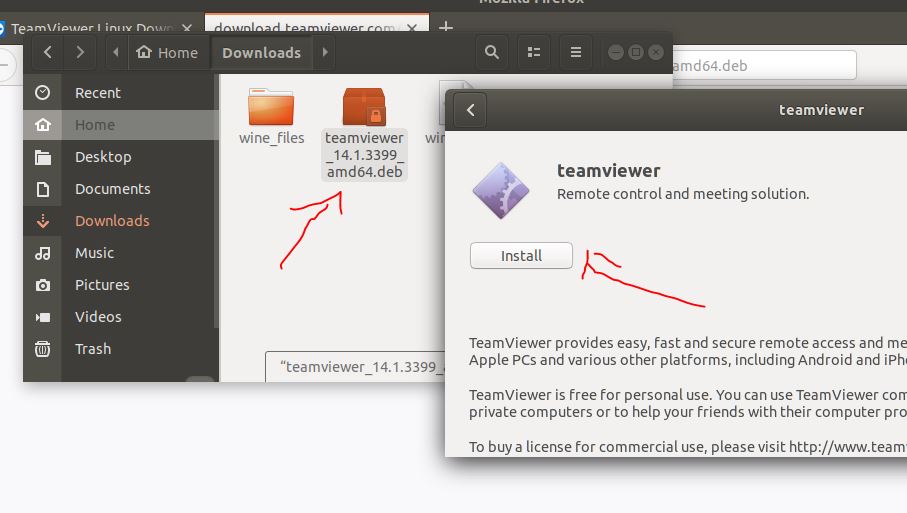

They need to be the same architecture (x86 vs arm, etc). Video devices, mice, keyboards, etc can be different but it should boot to a command line and you can work from there. If you have a connected machine similar to what you want to install on at home, you can take a hard drive (or SD card) to the connected one, install Debian onto it, bring it home and plug it in and it will boot up. One thing to bear in mind is is that this isn't like Windows. Synaptic and aptitude are just packages like any others but Synaptic in particular requires that you get xorg up and running.

If you really have to you can bootstrap manually by going someplace like and downloading manually but it's a pain to know what to get. You can fix with apt-get -f install (nothing). You can sort of do dpkg -i but it's messy because it won't get the order right. You make your download scripts in Synaptic and put them on something like a USB stick, take that to an online machine (needs to have wget) and do the downloads, then bring the USB stick back and let Synaptic do the installs. You need to somehow get the lists of files (apt-get update) and install Synaptic, after that it's pretty easy. The corresponding item is File -> Add downloaded packages which prompts for a directory where the files are, then installs them correctly just as if you were online.

Then do File -> Generate Package Download Script and it will output a script that calls wget for each file. It isn't very well set up for a lack of internet, in some of the BSDs you can do a "make fetchlist" which will give you a list of files (and urls?) you need to download to install something.Īptitude may do this too, but in Synaptic you can select things you want to install, and it will also include needed dependencies automatically.


 0 kommentar(er)
0 kommentar(er)
